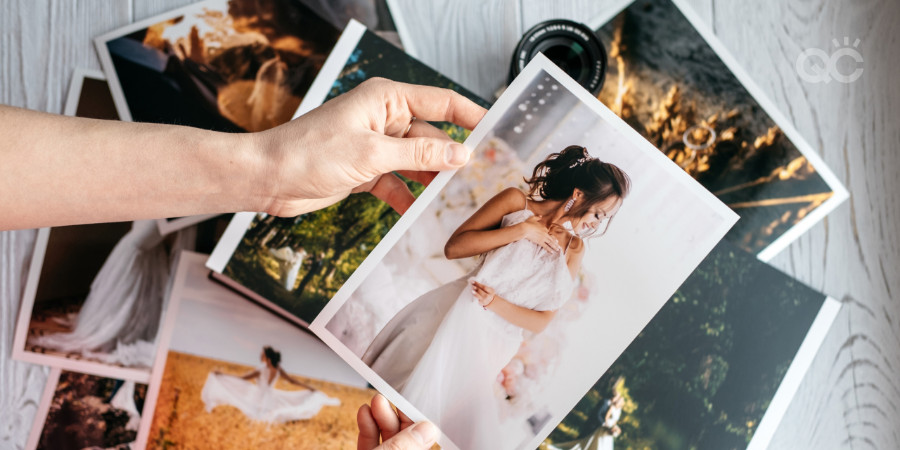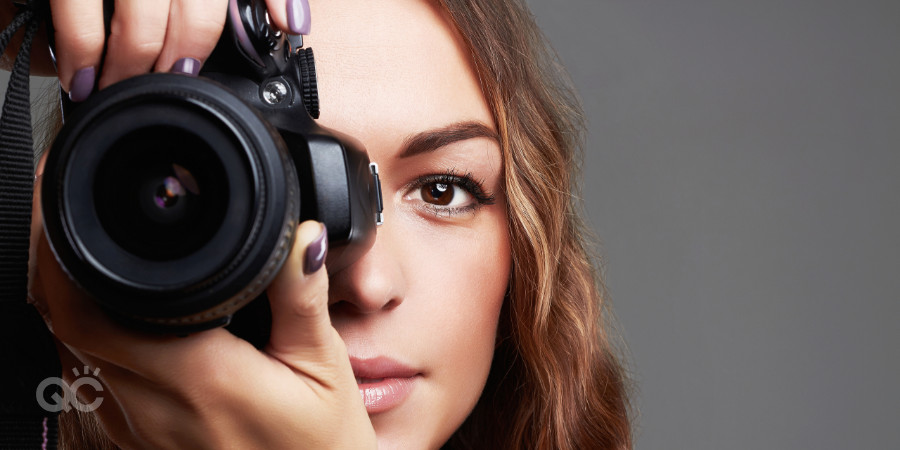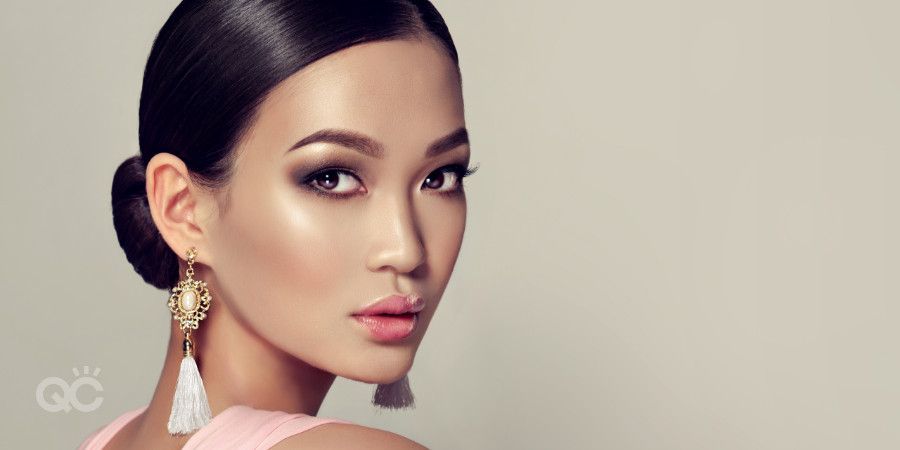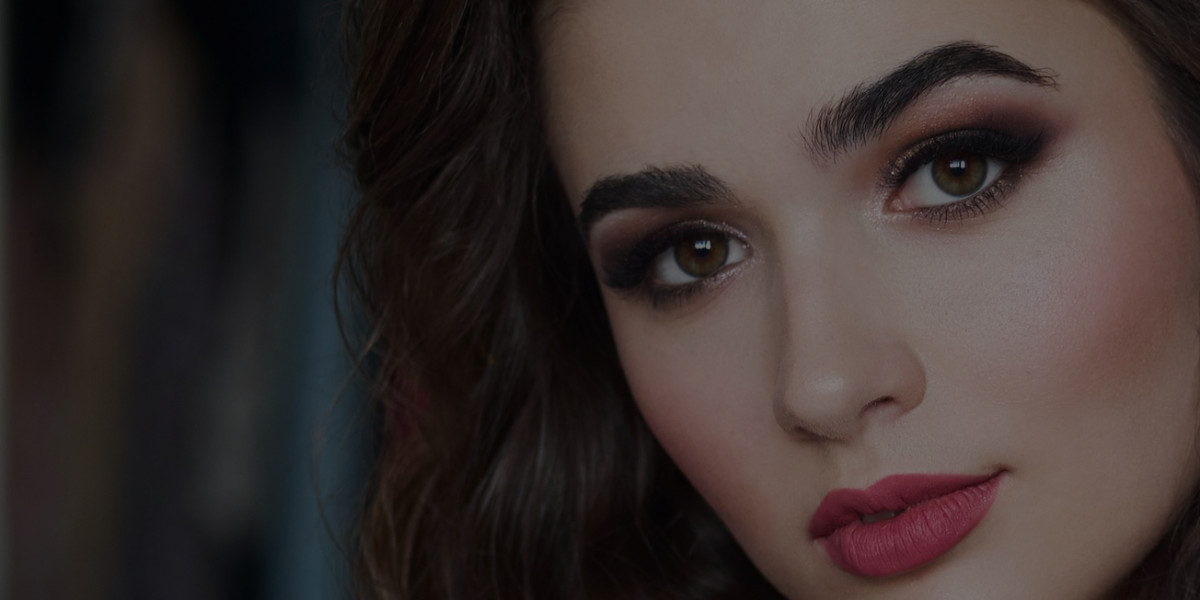All makeup artists worth their salt knows the benefits of a good portfolio. With the rise in popularity of social media, some artists even choose to host their makeup portfolios exclusively online. But having a dozen selfies on Instagram will rarely lead to professional makeup jobs. We’re not saying it’s impossible, but if you’re serious about going pro with your skills, we suggest having a physical portfolio.
Here’s the thing: you could have top-tier makeup skills, but if you don’t know how to capture that in your photos, you won’t be booking real makeup clients. So how can you put together the perfect portfolio? Well, you’ve come to the right place.
Here are 5 necessities you need to have!

We’re going to knock this out of the way first. Having a sturdy leather portfolio is one of the best items you can invest in for your career (besides a great makeup artistry kit, of course). Besides being able to protect your makeup photos and keep them in pristine condition, it also holds just the right amount of polished photos. How can this help you?
Well, this will force you to critique your work carefully and edit down the photos you include. You’ll be able to select and show off only your best work. It also shows off a level of professionalism when your clients see you with one. Because of its portability, you can bring it to any consultations with prospective clients.
Natural or professional lighting
Nobody can argue that natural light is the best. It illuminates all the features of the face perfectly and allows your work to shine. All the products used will be vibrant and the skin’s natural texture is illuminated clearly. Just make sure the light is indirect. Direct beams of light are harsh and wash out the colors of the makeup!
But it’s not always possible to have great weather when you do your photoshoots. Especially with styled shoots planned months in advance, you’ll have to prepare for the worst. LED lights, when paired with a diffuser or softbox, mimic the softness of natural light. The diffuser scatters the intensity of the artificial light and allows you to light up every feature on your makeup model beautifully. Make sure you connect with a photographer who owns this equipment and knows how to use it!”

Great camera
When you’re a makeup artist in training, it can be hard to set aside money for a good camera. Thankfully, modern phones have pretty good quality cameras. They are sufficient when you’re first starting out. But once you start batting in the big leagues, a physical portfolio demands high-resolution photos.
You can either purchase a sharp camera for yourself or connect with a photographer who does. It’s always a good idea to reach out to photographers who are at the same stage in their careers as you. This way, you can both mutually benefit from portfolio photos. Be realistic and reach out to as many photographers as you can. Out of every 20 you contact, only a couple may get back to you. But it’s worthwhile to have a photographer who understands photo composition, and don’t forget to credit them in your work!
Plain background
Outside of styled shoots, you’ll want close-up crops of your actual makeup looks. The focus of these photos is to see your actual makeup application. You’ll want to eliminate any distractions in the background, especially if you’re showing off intricacies and details. To do this, use a plain background to act as a negative space. The viewer’s eyes will be able to rest on the actual makeup you’re trying to showcase when you have a plain background… as opposed to having their attention being pulled in all directions!

Choosing models with diverse features allows you to show the range in your abilities. Correcting flaws and matching skin tones is easy when working on models with similar features to yourself. But your makeup clients won’t always be the same as you. Practice and prepare your portfolio to reflect the diversity in clients you’ll meet.
Models
Now, regarding makeup looks. For styled shoots, you are expected to prepare a concept ahead of time. It should make sense with the theme of the shoot, the wardrobe, the backdrop, etc. But be flexible with the looks you create. Not every look will suit your model. With a global diversity of models, you’ll find yourself making minor adjustments to suit each model’s features. Makeup isn’t one size fits all!
What other portfolio must-haves are there? Let us know!
